How Salt and Sand Can Damage Your Car Beyond Rust and Corrosion
Beyond Salt and Corrosion

Winter driving often means battling icy and snow-covered roads, which are typically treated with salt and sand to improve traction and melt ice. While these treatments help keep us safe on the road, they can also wreak havoc on your vehicle in ways that go beyond the obvious rust and corrosion. Understanding these potential issues can help you take steps to protect your car during the colder months.
Damage to Paint and Clear Coat
Salt is highly abrasive, and when it comes into contact with your car’s exterior, it can chip or scratch the paint and clear coat. These small imperfections expose the metal beneath, leaving it vulnerable to moisture and accelerating corrosion. Sand, on the other hand, acts like sandpaper. When it’s kicked up from the road, it can scratch the surface of your car, dulling its finish over time.
Accumulation in the Undercarriage
Salt and sand can build up in your car’s undercarriage, creating long-term problems. This accumulation can clog drains, vents, and critical components such as the exhaust system. Over time, the abrasive nature of sand can wear down essential parts like axles, suspension systems, and brake lines, reducing their efficiency and lifespan.
Issues with the Brake System
Winter road treatments can directly impact your braking system. Sand and salt can infiltrate brake calipers, pads, and rotors, leading to uneven wear and reduced braking performance. Additionally, salt can corrode metal brake lines and other components, increasing the risk of brake failure.
Wheel and Tire Wear
Salt is notorious for corroding alloy wheels, permanently damaging their finish and potentially weakening their structure. Sand can also contribute to tire tread wear. Small particles can become embedded in the tread, reducing traction and causing premature wear.
Damage to Windshields and Wiper Blades
Salt and sand that splash onto your windshield can make it harder to keep clean, and if not properly washed away, they can scratch the glass. Additionally, salt residue can degrade the rubber on your wiper blades, making them less effective.
Electrical System Vulnerability
Modern vehicles rely heavily on electrical systems, and significant issues result if water splashes into exposed wiring or connectors. This exposure can lead to short circuits, malfunctions, or premature wear of electrical components.
Blockages in the Cooling System
Salt and sand can obstruct your car’s radiator or cooling system vents, reducing airflow and causing your engine to overheat.
Interior Damage
Salt and sand don’t just stay outside the vehicle. When tracked inside, they can damage carpets and floor mats. Salt stains are notoriously hard to remove, and the moisture they bring in can lead to mold and mildew, creating an unpleasant smell and an unhealthy environment.
Reduced Fuel Efficiency
Over time, the accumulation of sand and salt in your wheel wells or undercarriage can add extra weight to your vehicle. While it might not seem significant, this additional weight can slightly reduce your car’s fuel efficiency, costing you more at the pump.
Prevention Tips for Winter Driving
Taking proactive measures can minimize the damage caused by salt and sand. Here are a few tips to help protect your vehicle during winter:
- Wash Your Car Frequently: Focus on the undercarriage and wheels to remove buildup of salt and sand.
- Apply Wax Before Winter: A fresh coat of wax can act as a protective barrier for your paint.
- Use All-Weather Mats: Protect your interior by trapping salt and sand in durable mats.
- Inspect Regularly: Check brakes, tires, and the undercarriage for signs of wear or buildup.
- Rust-Proof Your Vehicle: Professional rust-proofing or undercoating services can help shield vulnerable areas from damage.
Winter roads may be unavoidable, but their effects on your vehicle don’t have to be. Regular maintenance and a few preventive measures can keep your car in great shape throughout the season. Your vehicle will thank you come spring!

Shawn Gilfillan is the dedicated owner of Automotive Magic in Kenvil, NJ. With over two decades of experience, Shawn has led his team in providing expert auto repair and service since 2003.
In 2022, Magic Lube & Rubber was born in Lake Hopatcong, NJ. Committed to fostering strong community ties and supporting team development, Shawn prioritizes customer satisfaction above all. As a proud family man and long-time resident of Roxbury, NJ, Shawn brings a blend of professionalism and warmth to his business.
Trust Shawn and his team for all your automotive needs with confidence and assurance.

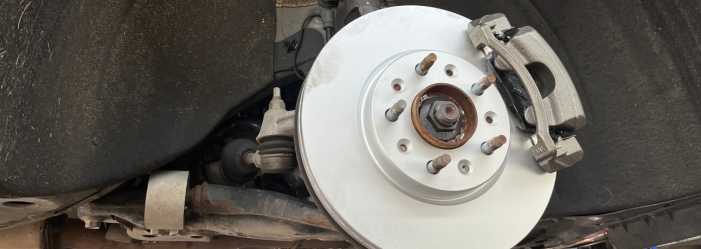
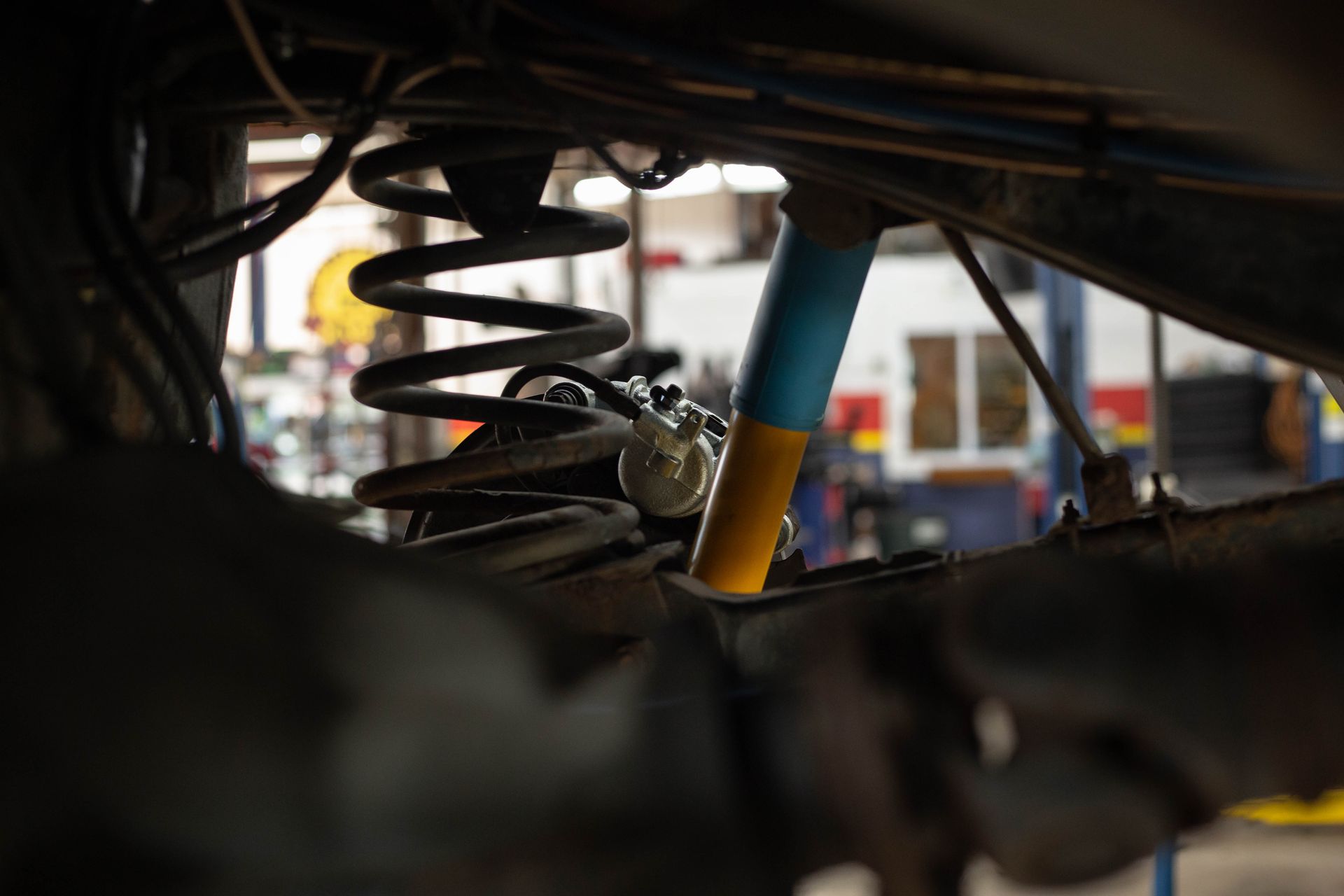
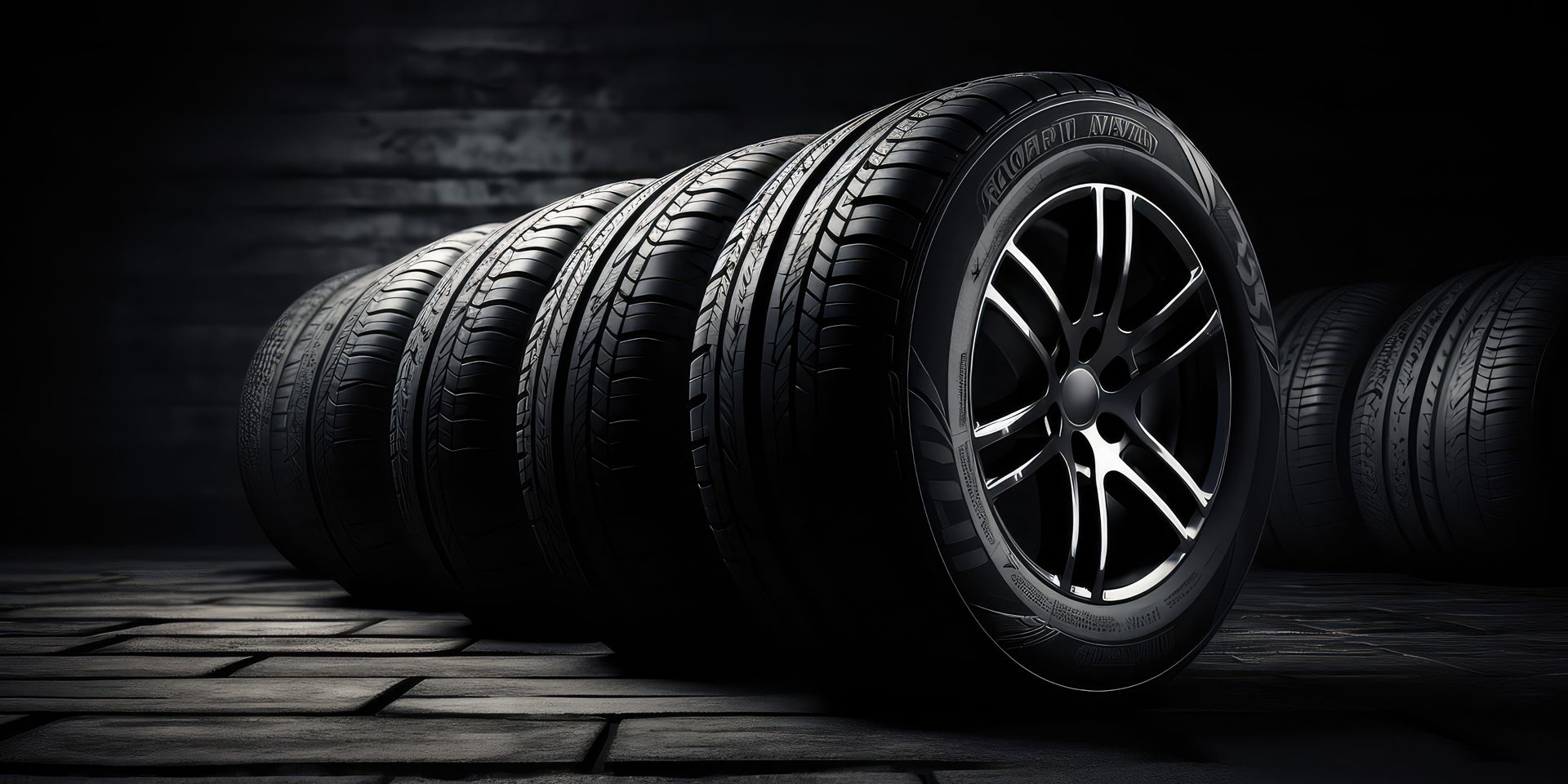
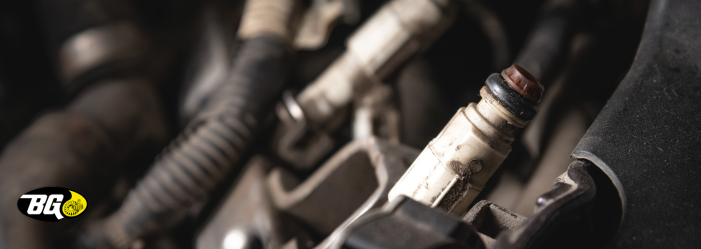



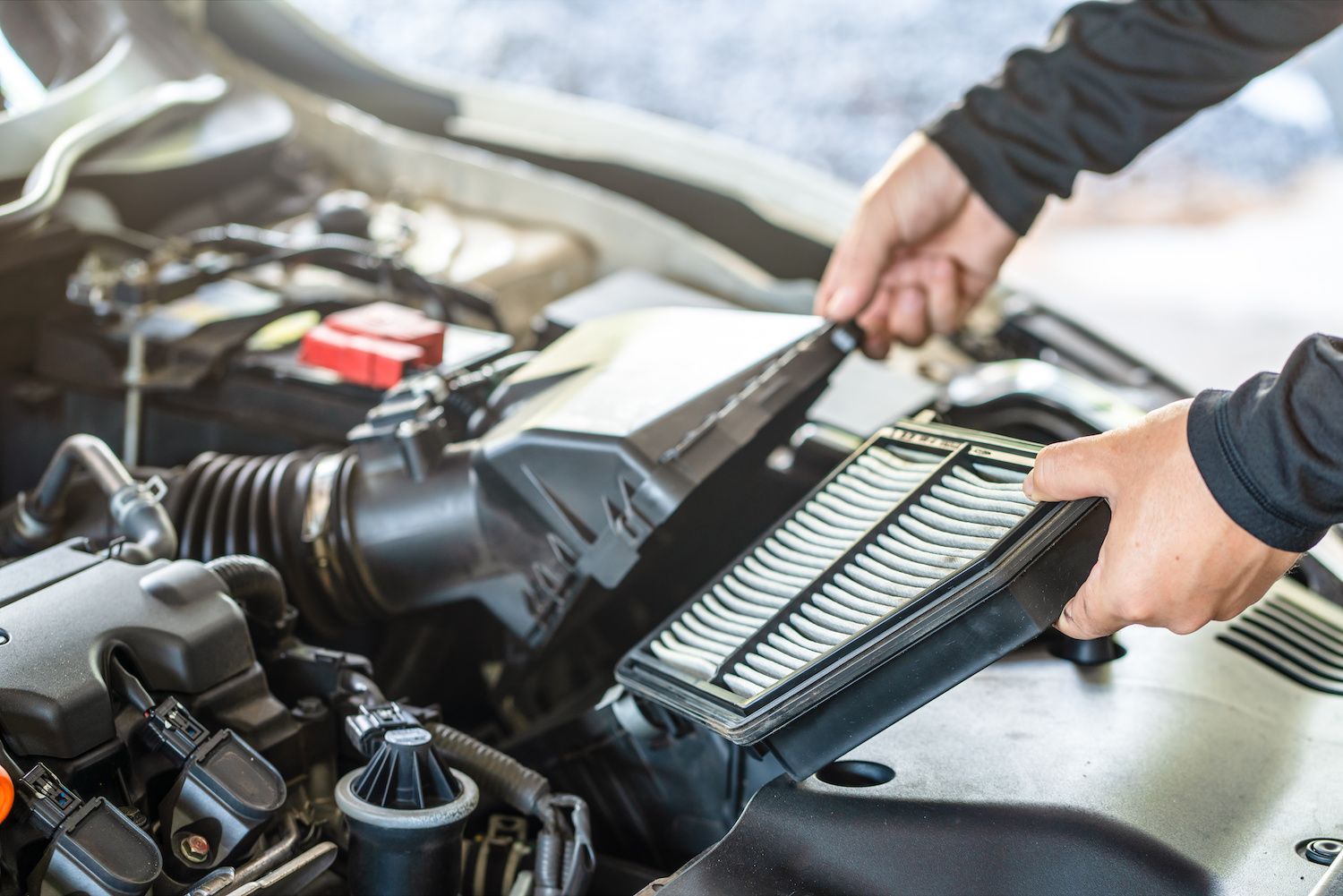

Expert Tire, Oil, and Alignment Services at Magic Lube and Rubber
Magic Lube & Rubber
Mon - Fri 8 AM - 5 PM, Sat 8 AM - 4 PM
Services
List of Services
-
Tire ServicesTire Services
-
Oil Change ServicesOil Change Services
-
Vehicle InspectionsVehicle Inspections
-
AlignmentsAlignments
-
Preventative MaintenancePreventative Maintenance
-
Battery Checks and ReplacementsBattery Checks and Replacements
-
Brake ServicesBrake Services
-
Air Filter ReplacementAir Filter Replacement
List of Services
-
Tire ServicesTire Services
-
Oil Change ServicesOil Change Services
-
Vehicle InspectionsVehicle Inspections
-
AlignmentsAlignments
-
Preventative MaintenancePreventative Maintenance
-
Battery Checks and ReplacementsBattery Checks and Replacements
-
Brake ServicesBrake Services
-
Air Filter ReplacementAir Filter Replacement
Services
List of Services
-
Tire ServicesTire Services
-
Oil Change ServicesOil Change Services
-
Vehicle InspectionsVehicle Inspections
-
AlignmentsAlignments
-
Preventative MaintenancePreventative Maintenance
-
Battery Checks and ReplacementsBattery Checks and Replacements
-
Brake ServicesBrake Services
-
Air Filter ReplacementAir Filter Replacement
List of Services
-
Tire ServicesTire Services
-
Oil Change ServicesOil Change Services
-
Vehicle InspectionsVehicle Inspections
-
AlignmentsAlignments
-
Preventative MaintenancePreventative Maintenance
-
Battery Checks and ReplacementsBattery Checks and Replacements
-
Brake ServicesBrake Services
-
Air Filter ReplacementAir Filter Replacement




© 2024 Magic Lube & Rubber. All Rights Reserved | Website managed by Shopgenie
